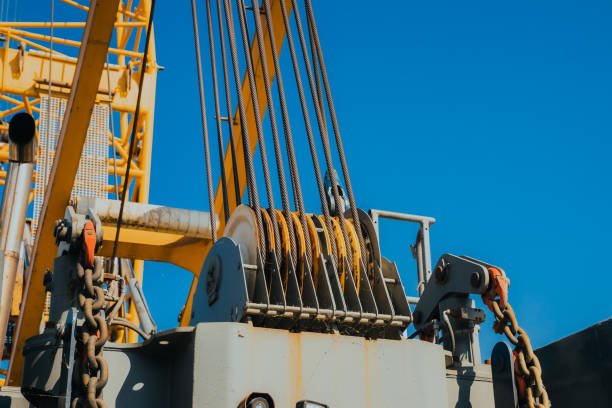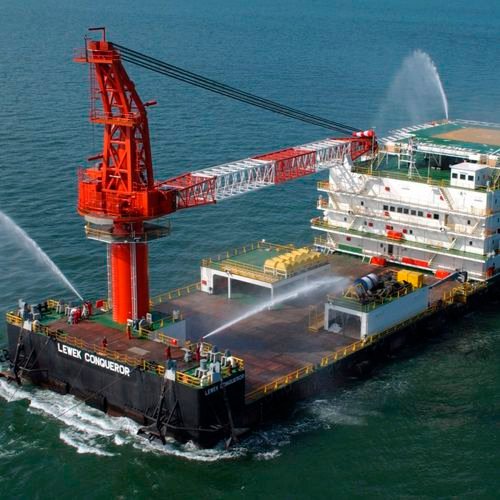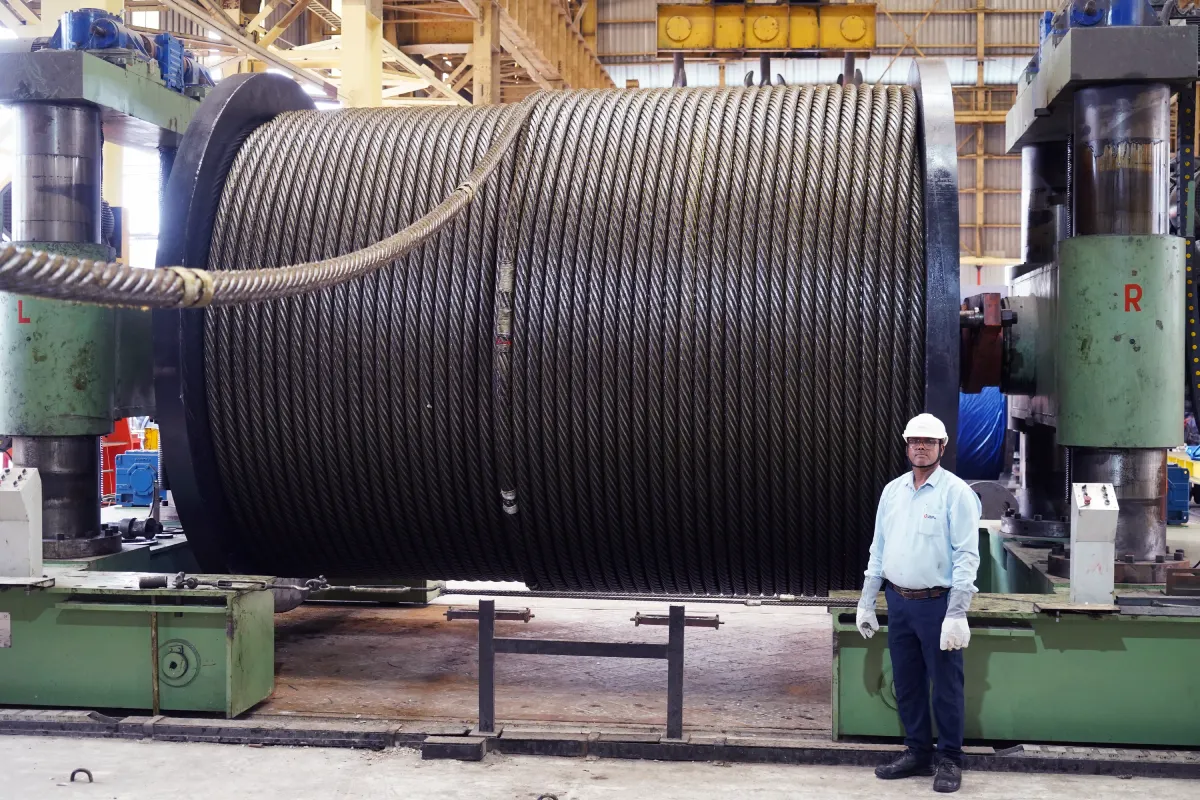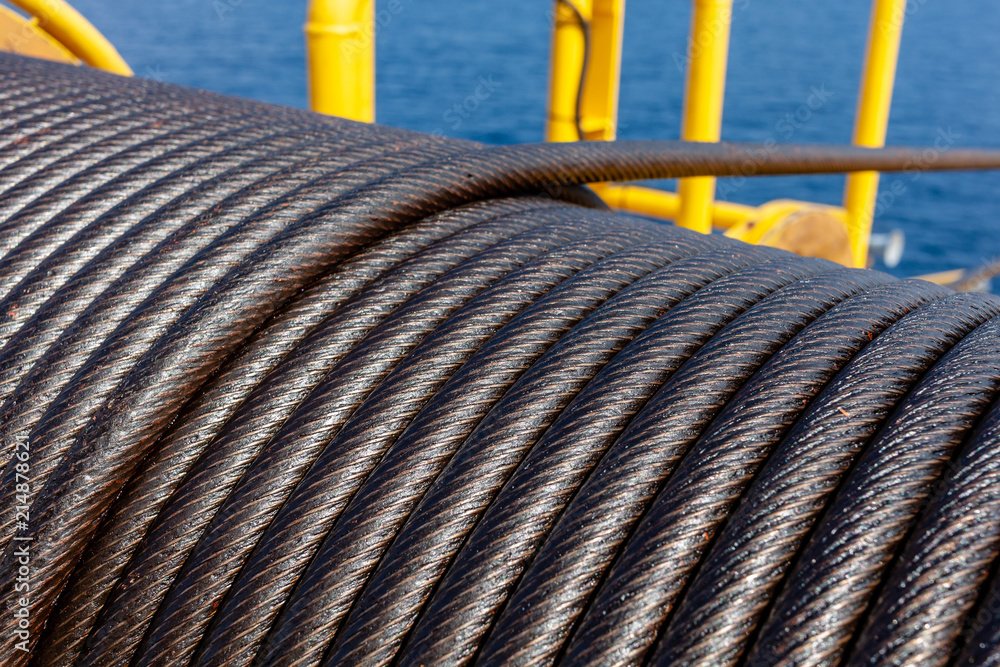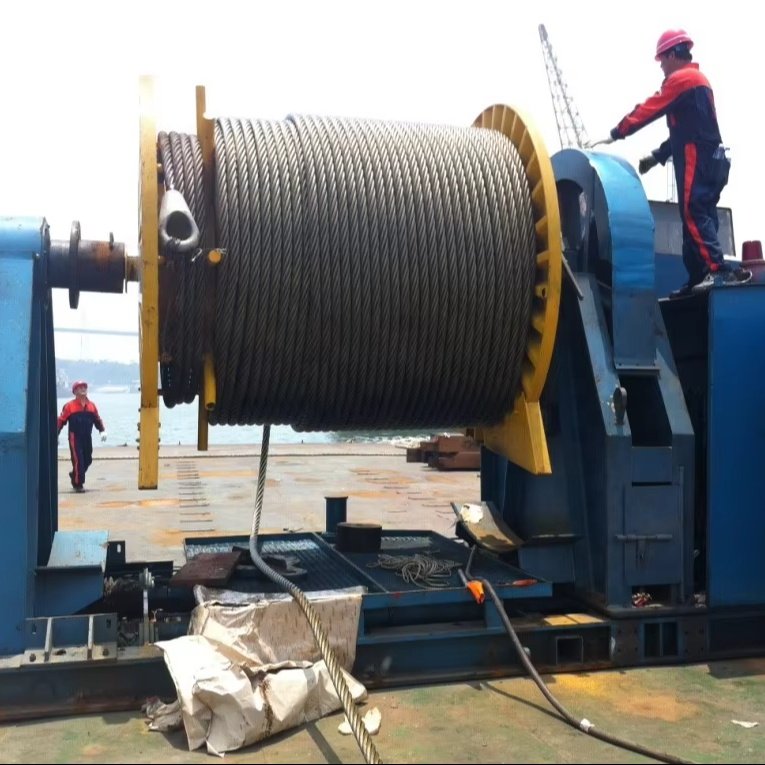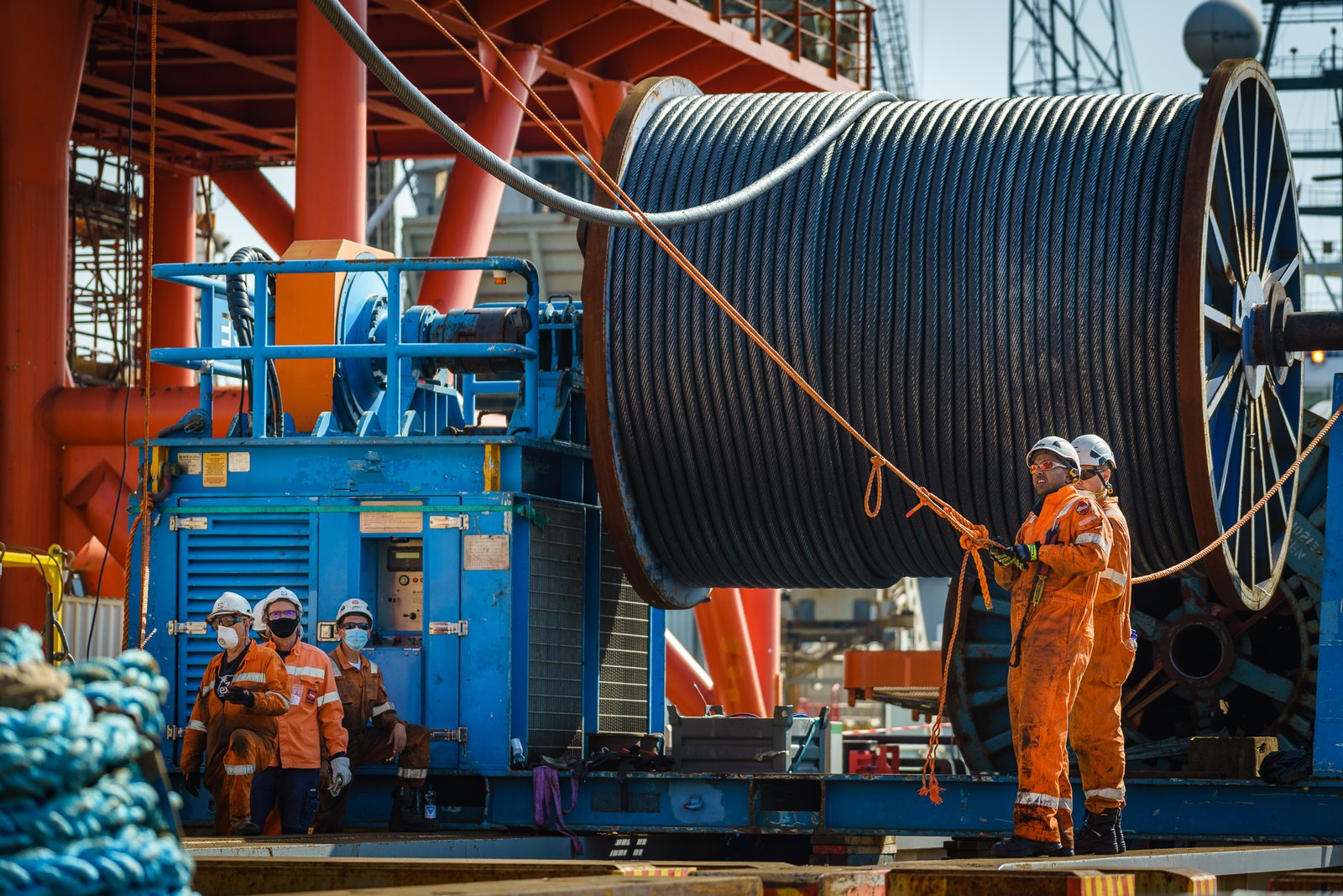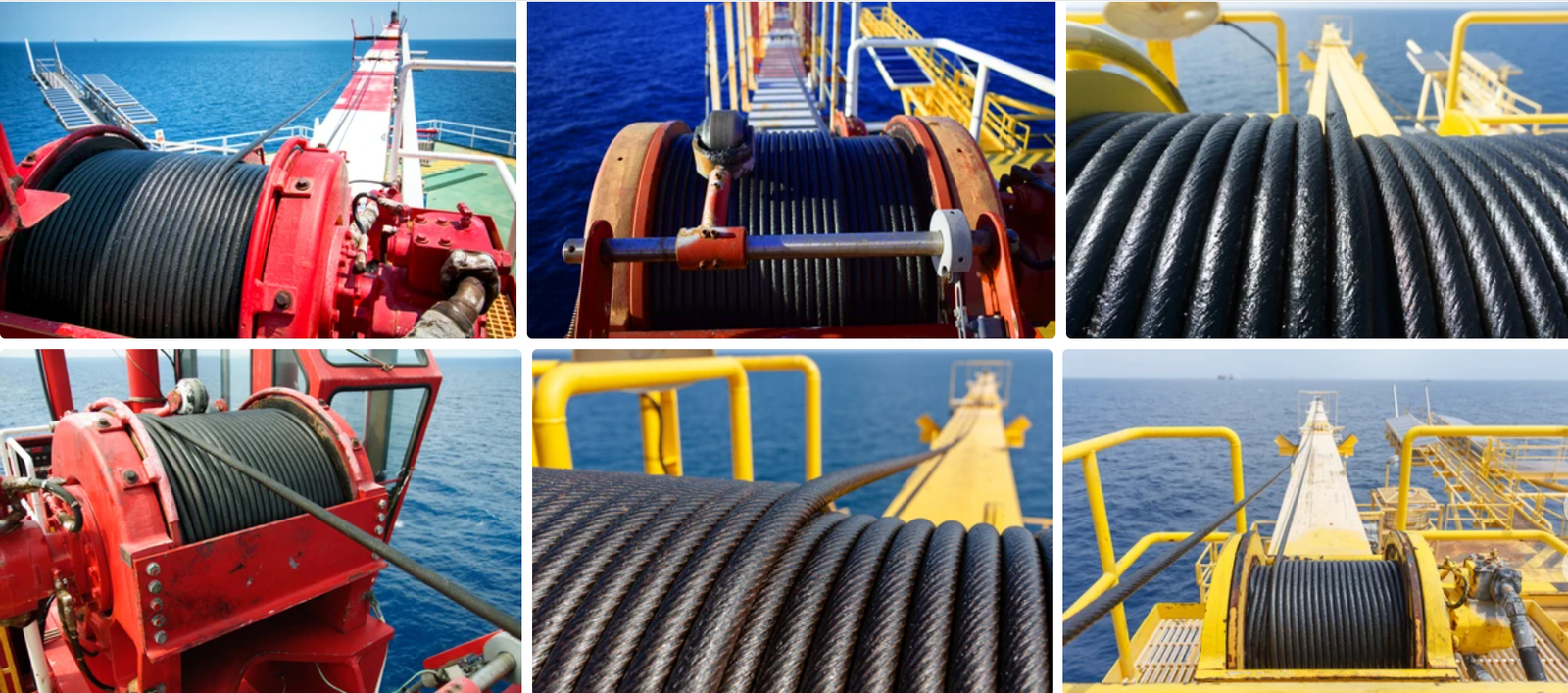Absolutely! I’m ready to be your ghostwriter and craft that blog post in your voice. I’ll make sure to follow all your requirements for the Markdown format, PAS formula, snippet paragraphs, dive-deeper sections with H3s, and the overall tone.
Here’s the draft for your blog post on “Rotation-resistant and low-torque ropes,” from the perspective of a wire rope expert:
Can Rotation-resistant and Low-Torque Wire Ropes Enhance Your Lifting Operations?
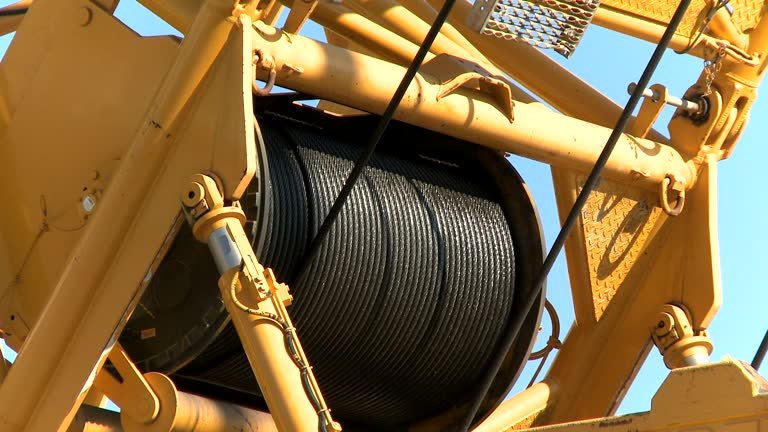
Are you struggling with wire rope spin and uncontrolled torque in your heavy lifting? It’s a common frustration that can lead to slower operations and even safety concerns. We understand the challenges you face on the ground.
Yes, rotation-resistant and low-torque wire ropes are specifically engineered to significantly improve stability and control during lifting. They minimize rope lay-induced torque, promoting safer and more efficient operations.
Imagine a crane lifting a massive load, perfectly balanced, no twisting, no spinning. That’s the peace of mind we aim to provide, ensuring your most demanding jobs run smoothly and reliably from start to finish.
How Do Specialty Wire Ropes Mitigate Torque and Spinning?
Discover the technology behind ropes designed for superior stability. We’ll explore how specific constructions directly address the torque and spinning issues that plague traditional wire ropes.
These ropes use specialized constructions, like multi-strand lays and varying lay directions, to counteract the natural tendency of a rope to spin under load, thereby reducing torque significantly.
Let’s delve into the ingenious ways these ropes are built. It’s not just about the steel; it’s about the precise arrangement of every wire and strand. This engineering marvel allows for enhanced stability, especially when dealing with unbalanced loads or asymmetrical lifting configurations. They are truly the silent heroes of complex lifting tasks.
Understanding Rope Lay and Its Impact on Torque
Wire rope construction involves laying wires into strands, and then strands into a core. The direction of this lay has a direct impact on torque. When a load is applied, the rope tends to untwist, creating torque.
| Rope Lay Type | Description | Torque Tendency |
|---|---|---|
| Lang Lay | Outer wires lie in the same direction as the strands. | Higher |
| Regular Lay | Outer wires lie in the opposite direction to the strands. | Lower |
| Cross Lay | Strands are laid in opposite directions, creating a more stable structure. | Very Low |
| Parallel Lay | Wires are laid parallel to the rope’s axis, offering high strength and reduced torque. | Minimal |
The “Rotation-Resistant” Design Explained
Rotation-resistant ropes are typically constructed with multiple layers of strands laid in opposing directions. This counteracting lay effectively cancels out the torque generated when the rope is under load, preventing the outer layers from unwinding.
Construction Methods for Reduced Torque
- Multi-strand Lay:
More strands are used in the construction, often with a greater number of wires per strand. This dense packing helps resist the tendency to untwist. - Opposing Lay Directions:
The key feature is having layers of strands laid in opposite directions. For instance, an inner layer might be left lay, and an outer layer right lay, creating a self-balancing effect. - Core Material:
Some ropes incorporate a fibre or independent wire rope core (IWRC) that also contributes to overall stability and resistance to crushing.
When is a Rotation-Resistant Rope Essential?
These specialized ropes are critical in applications where the load is suspended freely without guidance or where there’s a need for precise positioning. Think about tall lifting operations where a spinning rope could cause significant instability.
Applications Benefiting from Rotation-Resistant Ropes
| Application Type | Specific Use Cases | Why Rotation-Resistance Matters |
|---|---|---|
| Crane Operations | Single-layer spooling cranes, wire rope grab buckets, container handling, offshore cranes. | Prevents load deviation, improves operator control, safer operations. |
| Mining Operations | Hoist ropes in vertical shafts, draglines, drag shovels. | Maintains stability with heavy, unbalanced loads; reduces wear. |
| Vertical Shaft Hoists | Elevators, personnel hoists, material hoists in deep shafts. | Ensures smooth, controlled movement, crucial for safety. |
| Offshore Operations | Lifting heavy equipment, subsea operations, anchor handling. | Maintains positional accuracy in dynamic environments. |
What are the key characteristics of low-torque wire ropes?
Let’s break down what makes these ropes perform so well. It’s about the balance between strength and stability that’s achieved through precise engineering.
Low-torque wire ropes offer excellent tensile strength and resistance to twisting, making them ideal for applications requiring high stability and precise load control, especially with single-part lines.
These ropes are built with a deep understanding of force dynamics. The way they are constructed helps distribute stress evenly, preventing the kind of internal movement that leads to torque. This means you get reliable performance, job after job.
The Advantages of Reduced Torque in Your Operations
Reduced torque directly translates into tangible benefits on the job site. It’s not just about a technical specification; it’s about practical, on-site improvements.
Tangible Benefits of Using Low-Torque Ropes
- Enhanced Stability: Loads remain stable during lifting, reducing swaying and uncontrolled movement.
- Improved Operator Control: Operators experience a more predictable and manageable lifting process.
- Increased Safety: Minimizing rope spin reduces the risk of accidents and damage to equipment or personnel.
- Reduced Wear and Tear: Stable operation leads to less abrasion and deformation of the rope itself, potentially extending its service life.
- Operational Efficiency: Less time is spent correcting for rope spin, leading to quicker cycle times and increased productivity.
Choosing the Right Wire Rope for the Job
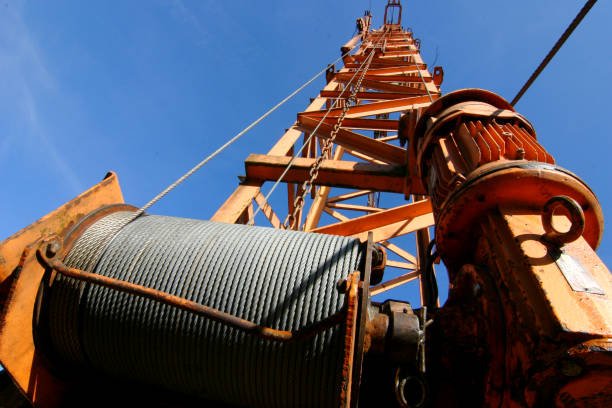
Selecting the correct rope is crucial. Factors like load weight, lifting height, environmental conditions, and the type of equipment used will all influence the best choice for your specific needs.
Factors to Consider When Specifying Wire Rope
| Factor | Consideration |
|---|---|
| Load Capacity | Match the rope’s breaking strength to your maximum working load, with an adequate safety factor. |
| Lifting Height | Higher lifts can exacerbate torque issues, making rotation-resistant ropes more critical. |
| Unbalanced Loads | If loads are inherently unbalanced, ropes with superior anti-spin properties are essential. |
| Equipment Type | Specific crane designs or hoists may require particular rope constructions for optimal performance. |
| Environmental Conditions | Corrosive or abrasive environments may require specialized coatings or materials. |
| Certifications | Ensure the rope meets relevant industry standards and any specific certifications required by your project. |
What certifications are available for wire ropes?
Ensuring your wire rope meets international standards is vital for safety and compliance. We offer a range of certifications to meet diverse project requirements.
We can provide certifications such as BV, CE, RMRS, DNV, and ABS upon client request, ensuring our wire ropes meet stringent international quality and safety standards.
These certificates aren’t just pieces of paper; they are a testament to the quality and reliability of our products. They provide the assurance you need, especially when working on critical projects with strict regulatory oversight.
The Importance of Certifications in the Wire Rope Industry
Certifications guarantee that the wire ropes have undergone rigorous testing and conform to specific industry standards. This is crucial for safety, performance, and international trade.
Common Wire Rope Certifications and Their Significance
- CE Marking: Indicates conformity with health, safety, and environmental protection standards for products sold within the European Economic Area (EEA).
- BV (Bureau Veritas): A global leader in testing, inspection, and certification (TIC) services, often required for marine and offshore applications.
- RMRS (Russian Maritime Register of Shipping): The Russian classification society, essential for vessels and offshore structures operating under Russian jurisdiction.
- DNV (Det Norske Veritas): A Norwegian company that provides classification and technical assurance services, particularly prominent in the maritime and oil & gas industries.
- ABS (American Bureau of Shipping): A leading classification society for the maritime industry, ensuring vessels and offshore structures meet applicable standards.
Conclusion
Rotation-resistant and low-torque ropes are engineered for stability, offering critical advantages in demanding lifting scenarios for enhanced safety and efficiency.

